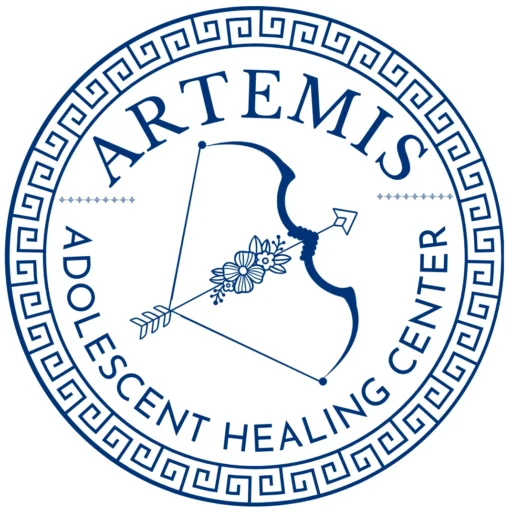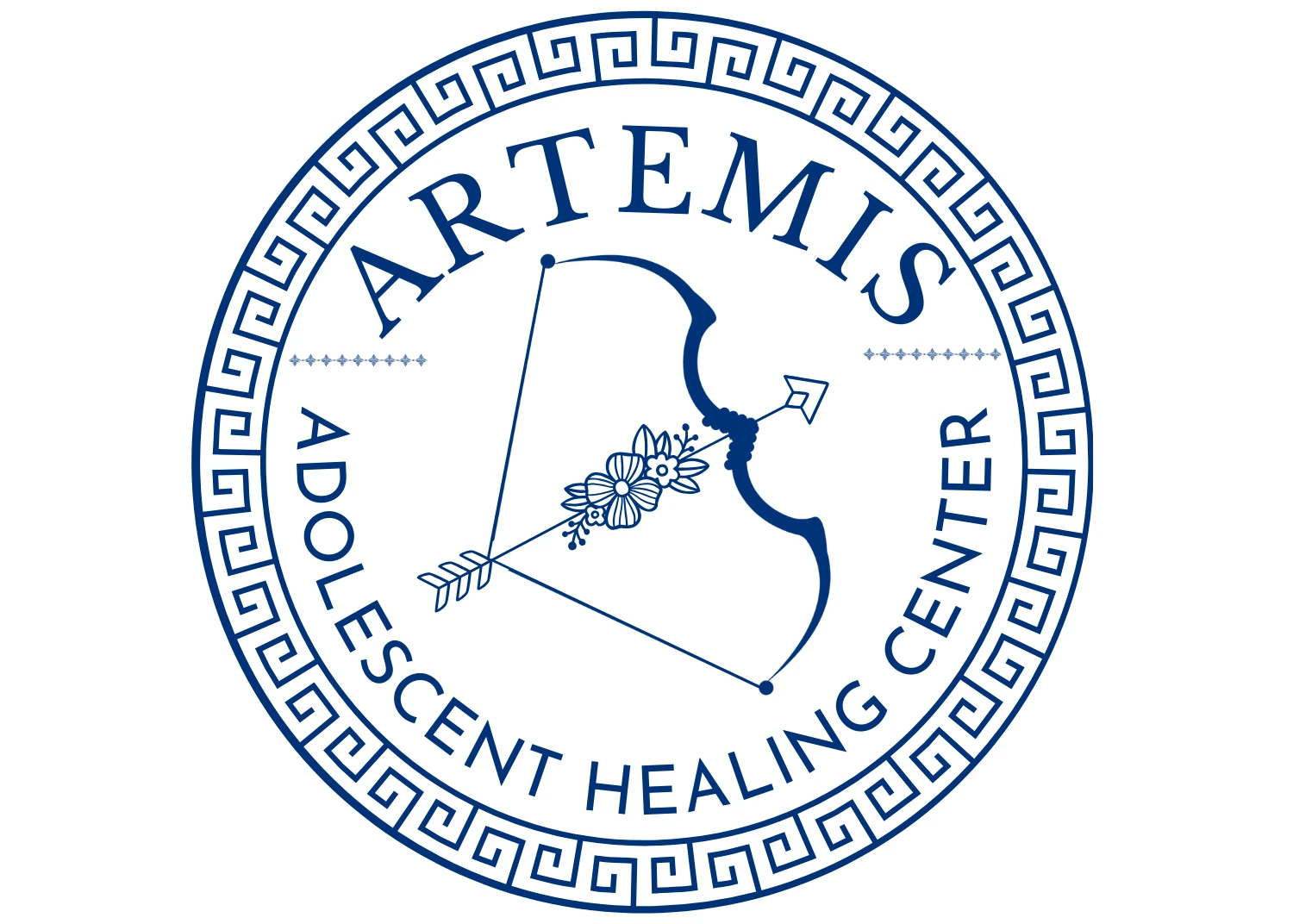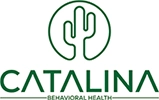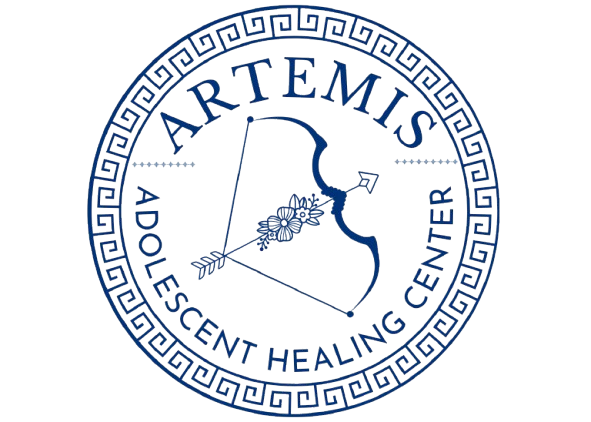Find Adolescent PTSD Treatment at Artemis in Tucson
Trauma can have a lasting impact on anyone, including teens and adolescents. Post-traumatic stress disorder (PTSD) is a very common mental health condition, and it is one of the possible effects of trauma. The good news is that there are effective treatments for PTSD symptoms.
For some young people, PTSD treatment can improve symptoms to the extent that they no longer meet the criteria for the disorder.
Understanding PTSD and how it is treated can help parents support their children and ensure that they get the care they need. Artemis Adolescent Healing Center provides effective treatment for teens with PTSD, with mental health programs geared toward the needs of your child’s age group.
Get Confidential Trauma and PTSD Assessment
Effective Teen PTSD Treatment at Artemis Adolescent Healing Center
We provide comprehensive trauma treatment for teens and adolescents. Artemis offers a full continuum of care for PTSD and other mental health conditions, including:
- Residential inpatient treatment. Our residential inpatient treatment programs involve living on-site and following an all-day therapy schedule. Inpatient treatment provides 24/7 supervision.
- Partial hospitalization program. Our partial hospitalization program (PHP) for teens meets daily throughout the week while allowing teens to sleep and live at home.
- Intensive outpatient program. Our intensive outpatient program (IOP) for teens meets about three days per week, allowing teens to live and sleep at home while balancing treatment with other obligations, like school.
- Aftercare planning. Artemis helps every teen and family make a custom aftercare plan to support their ongoing success after treatment.
Our therapy programs involve individual, group, and family therapy sessions. Each type of therapy session helps teens with PTSD in different ways.
Treating Trauma and PTSD in Teens

There is more than one way to treat PTSD, and multiple types of therapy have been shown to provide relief from symptoms in research. Teenagers and adolescents in our programs get individualized care plans that acknowledge their unique circumstances. These care plans may involve multiple effective treatments for teens with post-traumatic stress disorder, such as:
Cognitive Processing Therapy (CPT)
Cognitive processing therapy (CPT) was developed to treat PTSD. It works by:
- Providing psychoeducation on PTSD and trauma.
- Helping individuals identify automatic thoughts that may present as a result of their PTSD symptoms.
- Helping individuals question and change negative thoughts or beliefs (e.g., “I’m hopeless”) stemming from PTSD.
- Facilitating behavior change.
Often, CPT is delivered over the course of 12 sessions.
Trauma-Focused Cognitive Behavioral Therapy
Trauma-focused cognitive behavioral therapy (TF-CBT) is an effective treatment for PTSD. In TF-CBT, teens may work on reducing trauma-related symptoms through coping skills and cognitive reframing, enhancing future development and safety through things like setting boundaries, establishing a positive sense of self, and learning to express and regulate emotions healthily.
Dialectical Behavior Therapy

Dialectical behavior therapy (DBT) is a non-invasive behavioral therapy stemming from CBT. It can help with:
- Emotion regulation.
- Interpersonal effectiveness.
- Mindfulness and coping skills.
- Distress tolerance.
The skills teens learn in DBT can be used for life, and many find that it is a very powerful and beneficial form of treatment.
Family Therapy Sessions
Family therapy sessions for teen PTSD treatment can be valuable not just for the child but for their family members. Our PTSD and trauma treatment programs for teens offer family therapy sessions to help members of familial units understand each other better, learn more about PTSD and trauma, and communicate more effectively, among other goals.
Eye Movement Desensitization and Reprocessing (EMDR)
EMDR uses eye movements to help individuals reprocess traumatic memories. It involves eight stages, starting with history-taking and working with a provider to develop a sense of trust. Clients choose a target (a memory or trigger) to work on, and the therapist works with them to strengthen positive beliefs and reduce negative associations.
Get Accredited Treatment Programs at Artemis
Signs of PTSD in Children and Adolescents
Kids, teens, and adults can develop PTSD after experiencing, directly witnessing, or being exposed to a traumatic event. Knowing the signs of PTSD may help you identify it in yourself or an adolescent in your care. Among other criteria, signs and symptoms of PTSD include:
- One or more intrusion symptoms: Ongoing, involuntary, and distressing memories of the traumatic event, dissociative reactions (e.g., flashbacks) where they feel as though the event is occurring again, bad dreams, intense emotional responses when met with reminders of the event, or physical symptoms (e.g., increased heart rate, sweating, shaking, trouble breathing) when met with trauma reminders.
- At least one avoidance symptom: Avoiding stimuli (e.g., people, places, things) that remind them of the traumatic event or avoiding distressing memories, thoughts, and feelings related to the traumatic event.
- Two or more alterations in arousal or reactivity: Sleep disturbance, reckless or self-destructive behavior, hypervigilance, irritability or angry/aggressive behaviors, trouble concentrating, or an exaggerated startle response.
- Two or more mood and cognition-related symptoms: Trouble experiencing positive emotions, inability to remember key features of the event, ongoing and exaggerated negative beliefs about oneself, others, or the world, disproportionate blame toward oneself or others, feelings of detachment or estrangement, diminished participation in important activities (e.g., hobbies, school), or a persistent negative emotional state (e.g., anger, suicidal thoughts, depression, horror, guilt, fear, or shame).
Young children may experience some symptoms differently. PTSD is diagnosed using the criteria in the Diagnostic and Statistical Manual of Mental Disorders (DSM). A mental health professional at Artemis can conduct a confidential evaluation to identify PTSD symptoms in teens as needed.
Effects of Untreated Trauma on Children and Teens
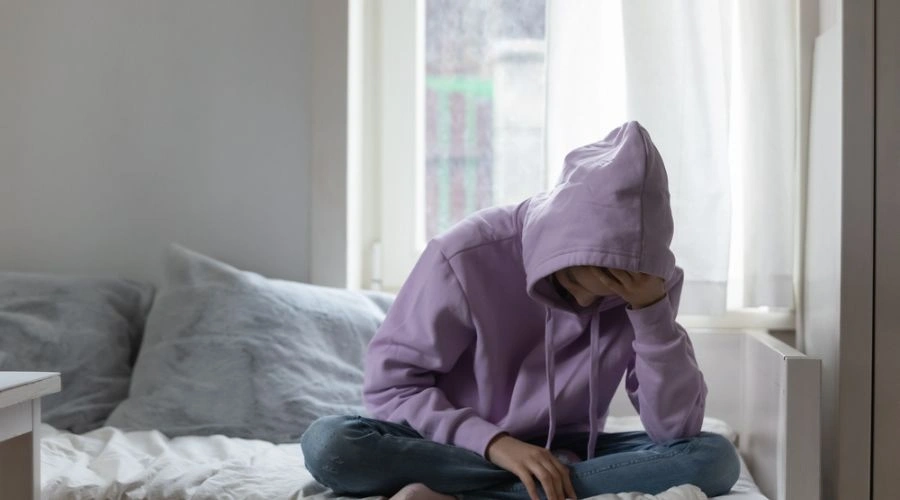
Often, there are misconceptions about teenage PTSD and trauma. One of the biggest misconceptions is that a teen’s trauma will–or should–disappear or stop affecting them with time alone. In reality, those who experience emotional and physical symptoms will often continue to experience these symptoms if they go unaddressed; they may even worsen over time.
On the other hand, getting treatment for past trauma has been shown to reduce PTSD symptoms. Untreated childhood trauma may also lead to effects such as:
New or Worsened Symptoms of Other Mental Health Disorders
Many people with PTSD also have other mental disorders. There are several reasons for this, such as the fact that traumatic events can predispose you to mental health issues other than PTSD. For example, anxiety disorders like generalized anxiety disorder (GAD), mood disorders like depression, and substance use disorders are all associated with trauma.
Programs like ours treat co-occurring disorders while addressing underlying trauma. By addressing the needs of each client individually and comprehensively, we promote positive treatment outcomes.
Negative Impacts on Daily Life and Self-Esteem
Post-traumatic stress disorder can affect the way you feel about yourself, others, and the world. This can affect various aspects of everyday life, including social relationships and functioning, hobbies, self-care, and responsibilities like school.
Impaired Performance at School
While it is not always the case, children and teens with PTSD can be more prone to some problems with school performance. These include but are not limited to a lower grade point average, a greater chance of dropping out of high school, and more absences.
Continued PTSD Symptoms in Adulthood
While there are effective treatments for PTSD known to provide relief from trauma symptoms and increase the quality of life, lack of treatment as a teen often means that PTSD symptoms continue at a greater severity or worsen as an adult when they otherwise may not have.
How Kids and Teens Develop PTSD
Any type of traumatic event can lead to PTSD. Causes of PTSD in kids and teens may include but are not limited to:
- Having a parent or close loved one with a serious physical or mental illness.
- Experiencing or witnessing violence (e.g., school shootings, domestic violence).
- The death of a parent or close loved one.
- Child sexual abuse or sexual assault.
- Physical abuse.
- Emotional or verbal abuse.
- Natural disasters.
- Abandonment.
- Poverty.
- Neglect.
Going through traumatic experiences as a child or adolescent (as opposed to later in life) notably increases the risk of developing PTSD. Other risk factors of PTSD include but are not limited to a family history of mental health conditions and low social support.
Call Artemis for Teen and Adolescent PTSD Treatment Support

Artemis Adolescent Healing Center is an Arizona mental health and substance abuse treatment center for teens and adolescents.
We provide trauma-informed care for teens with PTSD, trauma, and complex trauma in teens and adolescents, among other mental or behavioral health challenges.
Please call Artemis Adolescent Healing Center to learn more about how our programs can support your child and family in creating a brighter future.
Up To 100% of Rehab Costs Covered By Insurance
FAQs About Teen Posttraumatic Stress Disorder Treatment
What is the best treatment for PTSD in adolescents?
Trauma-focused CBT is the type of therapy for PTSD in adolescents with the most empirical evidence. TF-CBT is non-invasive, effective, and a very popular form of mental health treatment for trauma survivors.
What medication is used for PTSD in adolescents?
Antidepressants like selective serotonin reuptake inhibitors (SSRIs) or selective norepinephrine reuptake inhibitors (SNRIs) can be helpful medications for people with PTSD. Some teens benefit from medication treatment paired with trauma-focused therapy.
Can you still live a normal life with PTSD?
People with PTSD can and do live normal lives, especially with appropriate treatment and support. Treatment for PTSD can improve anxiety symptoms, mood, functioning, and overall quality of life.
References
- https://www.apa.org/ptsd-guideline/treatments/cognitive-processing-therapy
- https://pmc.ncbi.nlm.nih.gov/articles/PMC4396183/#S12
- https://www.ncbi.nlm.nih.gov/books/NBK207191/box/part1_ch3.box16/
- https://www.ptsd.va.gov/professional/treat/specific/ptsd_child_teens.asp#five
- https://www.apa.org/ptsd-guideline/treatments/medications
